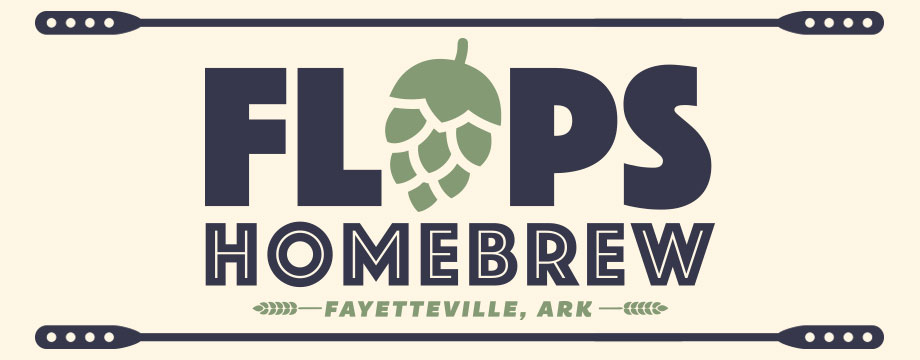 Whether your measuring strike water, mash, or sparge water temperatures, hitting and maintaining your target is a critical piece of creating a great home brew. But how do you know know if your thermometer is reading correctly? Are you really mashing at 152, or is more like 148, or 156? All these mash temps have their place, but if your going for a dry beer and your really mashing at high temps you aren’t going to get what you expected, and a faulty thermometer could be to blame.
Whether your measuring strike water, mash, or sparge water temperatures, hitting and maintaining your target is a critical piece of creating a great home brew. But how do you know know if your thermometer is reading correctly? Are you really mashing at 152, or is more like 148, or 156? All these mash temps have their place, but if your going for a dry beer and your really mashing at high temps you aren’t going to get what you expected, and a faulty thermometer could be to blame.
For February’s meeting Chris Wiken explained the process for calibrating your thermometer. Below is the “quick and dirty” explanation. For an in depth article on thermometer calibration visit, Brew Your Own.
Ice Point Method
- Fill an insulated cup with crushed ice and water.
- The cup must have enough crushed ice to provide an environment of 32°F, so you may need to pack more ice into the cup during the process.
- When the mixture of the water has stabilized in about four or five minutes, insert the thermometer to be calibrated to the appropriate immersion depth.
- Be sure to hold the stem of the instrument away from the bottom and sides of the container (preferably one inch) to avoid error.
- If your thermometer is not accurate within +/- 2°F of 32°F., adjust the thermometer accordingly. The ice point method permits calibration to within 0.1°F.
Boiling Point Method
- Place distilled water in a container and heat.
- After the water in the container has reached a complete “rolling” boil, insert the instrument to the appropriate immersion depth.
- Be sure there is at least a two-inch clearance between the stem or sensing element and the bottom and sides of the container.
- If your thermometer is not accurate within +/- 2°F of 212°F., adjust thermometer accordingly. The boiling point method permits calibration to within 1.0°F.


